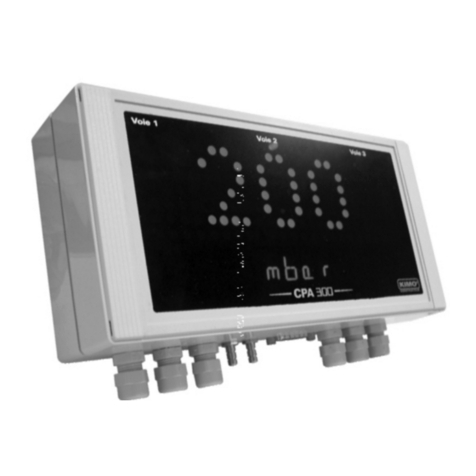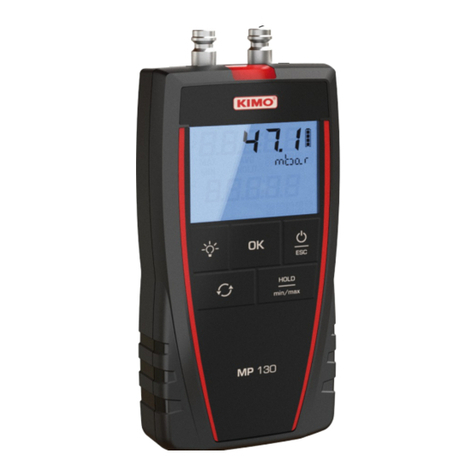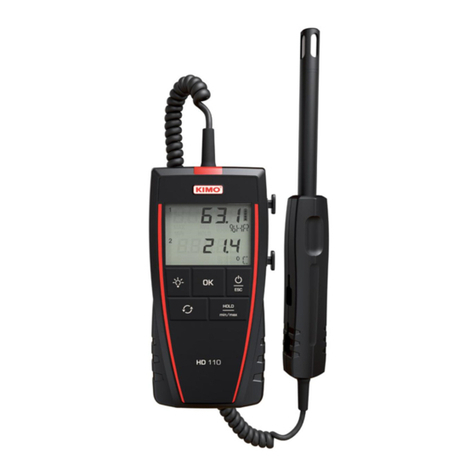Table of contents
1. Presentation........................................................................................................................................5
1.1 Instrument description...................................................................................................................5
1.2 Keys description............................................................................................................................5
1.3 Remove battery.............................................................................................................................6
2. Connections of the MP21 ..................................................................................................................7
2.1 Main features................................................................................................................................7
2.2 Connections..................................................................................................................................7
3. Information..........................................................................................................................................9
4. Set the instrument.............................................................................................................................1
4.1 Set language...............................................................................................................................1
4.2 Modify date and time...................................................................................................................1
4.3 Activate or deactivate the beep key............................................................................................1
4.4 Set auto-off..................................................................................................................................1
4.5 Set backlight................................................................................................................................11
4.6 Set security..................................................................................................................................11
4.7 Set code......................................................................................................................................11
4.8 Set printing..................................................................................................................................11
5. Set the probes...................................................................................................................................12
5.1 Use of the wire probes and modules..........................................................................................12
5.2 Special precautions for air velocity probes.................................................................................12
5.3 Use of wireless probes...............................................................................................................13
6. Channel configuration.......................................................................................................................14
6.1 Pressure module.........................................................................................................................14
6.2 Vanes and hot wire.....................................................................................................................15
6.3 Delta T.........................................................................................................................................16
7. Start and record datasets..................................................................................................................17
7.1 Start and record datasets...........................................................................................................17
7.1.1 Manual dataset...................................................................................................................17
7.1.2 Automatic dataset...............................................................................................................17
7.1.3 View the recorded datasets................................................................................................18
7.2 Launch and save averages.........................................................................................................18
7.2.1 Point/Point average............................................................................................................18
7.2.2 Automatic average..............................................................................................................19
7.2.3 Automatic Point/Point average...........................................................................................19
7.3 COmax........................................................................................................................................2
7.4 Hold-Min./Max.............................................................................................................................2
8. Setting of measurement parameters.................................................................................................22
8.1 Pressure module.........................................................................................................................22
8.1.1 Unit......................................................................................................................................22
8.1.2 Type....................................................................................................................................22
8.1.3 Normative value..................................................................................................................22
8.1.4 Alarm...................................................................................................................................23
8.1.5 Integration...........................................................................................................................23
8.1.6 Atmospheric pressure.........................................................................................................23
8.1.7 Temperature compensation................................................................................................23
8.2 Thermocouple module................................................................................................................23
8.2.1 Unit......................................................................................................................................23
8.2.2 Type....................................................................................................................................23
8.2.3 Alarm...................................................................................................................................23
8.3 Vane probe and hotwire probe....................................................................................................24
8.3.1 Unit......................................................................................................................................24
8.3.2 Normative value..................................................................................................................24
8.3.3 Alarm...................................................................................................................................24






























